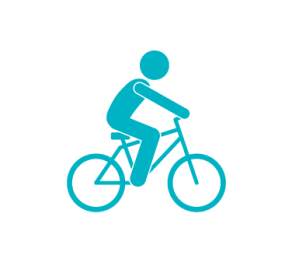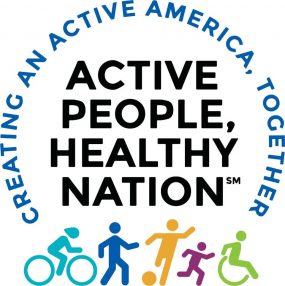Access to Places for Physical Activity
Access to Places for Physical Activity

This strategy creates or enhances access to places for physical activity and provides information to encourage their use. Places can include public parks and trails, fitness and recreational facilities, schools and universities, malls, senior centers, and worksites. Information may involve training, incentives, and teaching about healthy behaviors. Worksites, school districts, early childhood and education (ECE) facilities, organizations, and community coalitions can improve access to safe places to be physically active for young people and adults. Consider the following approaches:
Parks and recreation centers.
Community organizations and locations can provide access to safe places to be physically active—such as walking trails, indoor facilities, parks, and playgrounds—away from busy streets. Health and fitness facilities provide indoor opportunities to be physically active. These locations and facilities can also provide options to make physical activity safer and more comfortable for people with mobility limitations or chronic health conditions.
Shared-use agreements.
Shared-use agreements allow public access to existing facilities by defining terms and conditions for sharing the costs and risks associated with expanding a property’s use. For example, school districts may create shared-use agreements to allow after-hours access to school facilities for community members to use.
Workplace facilities and policies.
Workplace facilities and polices that are designed to improve health behaviors can help employees to be more active. Worksites can encourage physical activity through a variety of approaches to include management support, physical access to facilities, policies, and social support programs.
- Bike Share Program Offers State Employees Another Way to Be Active in California.
- Creating a Wellness Culture in Worksites in Louisiana.
- Workplace Wellness Program Gets Employees Moving at Work in South Dakota.
- Current Practices in Worksite Wellness Initiatives.
This document highlights efforts by six state health departments to create healthier community environments through worksite wellness.
Resources
*Can be used to help address equitable and inclusive access to physical activity

